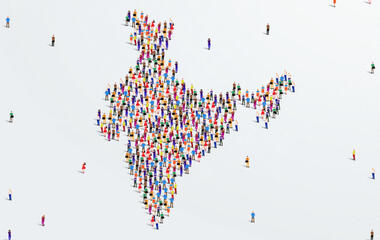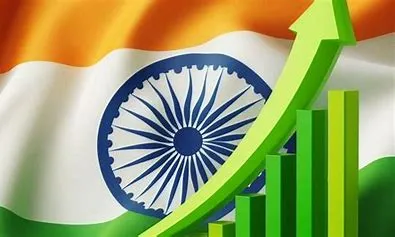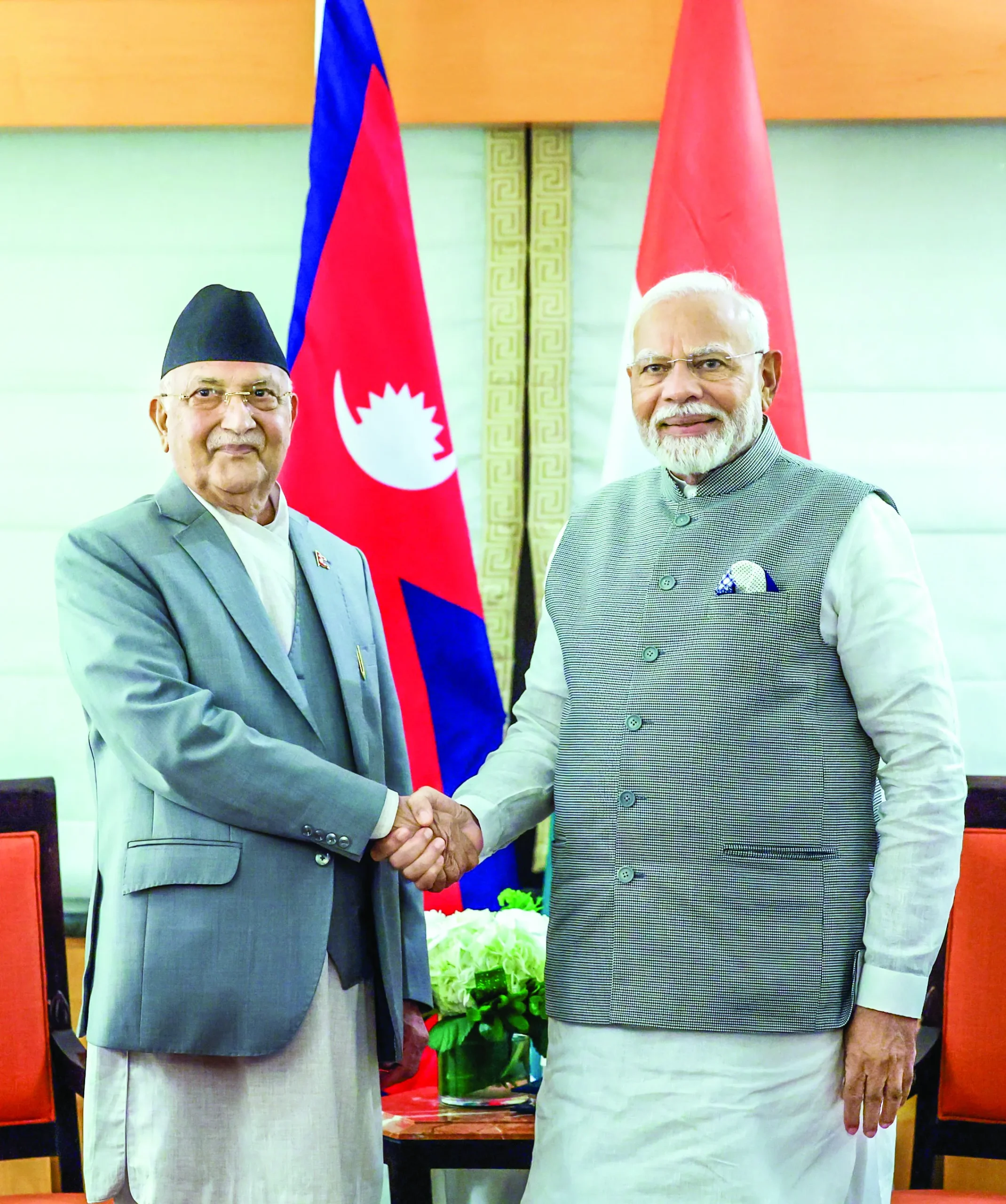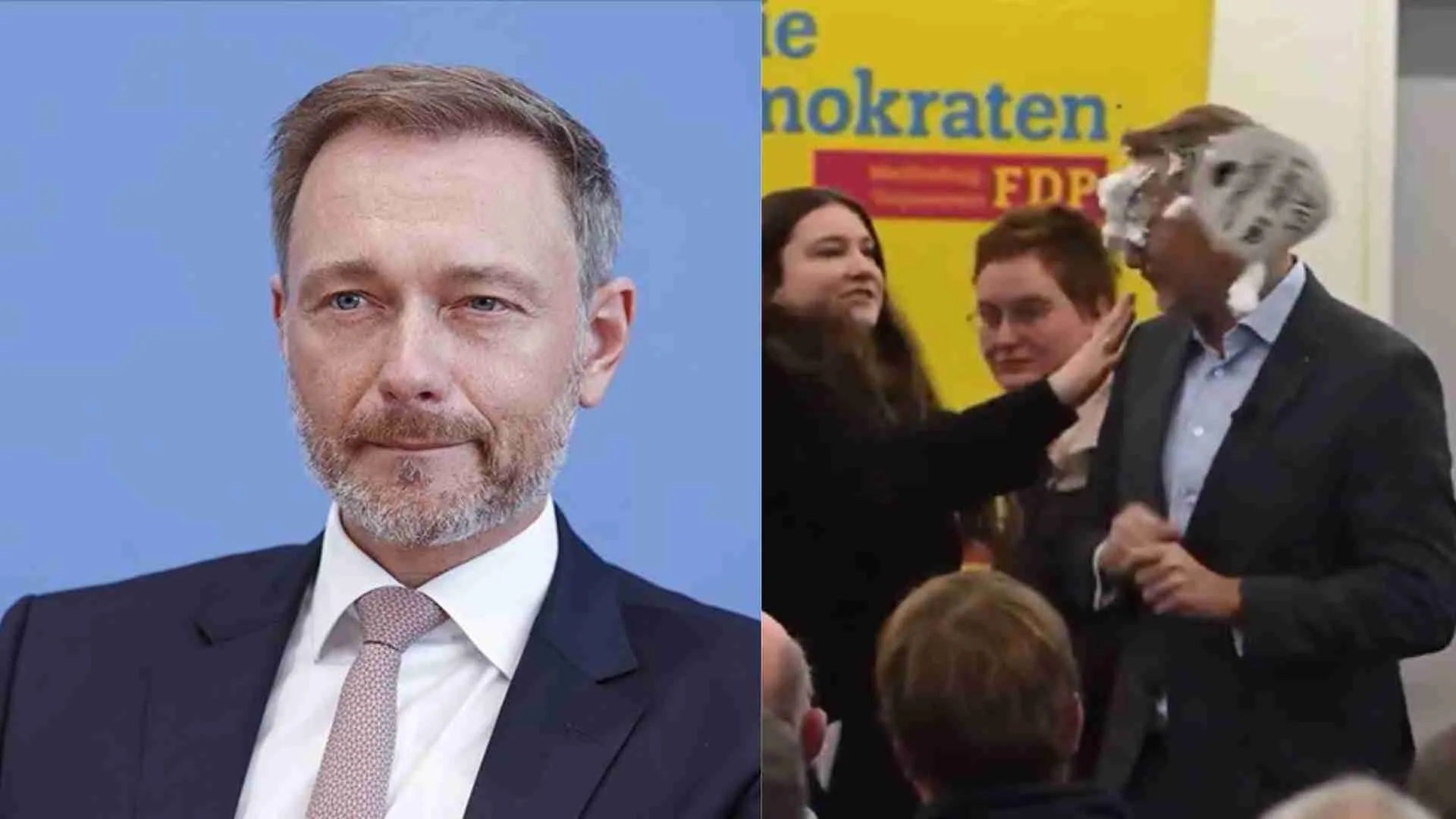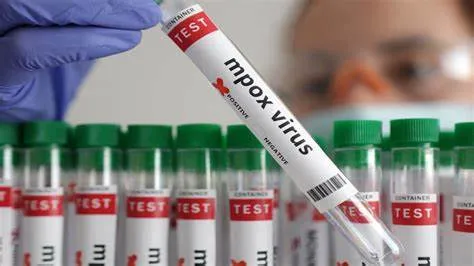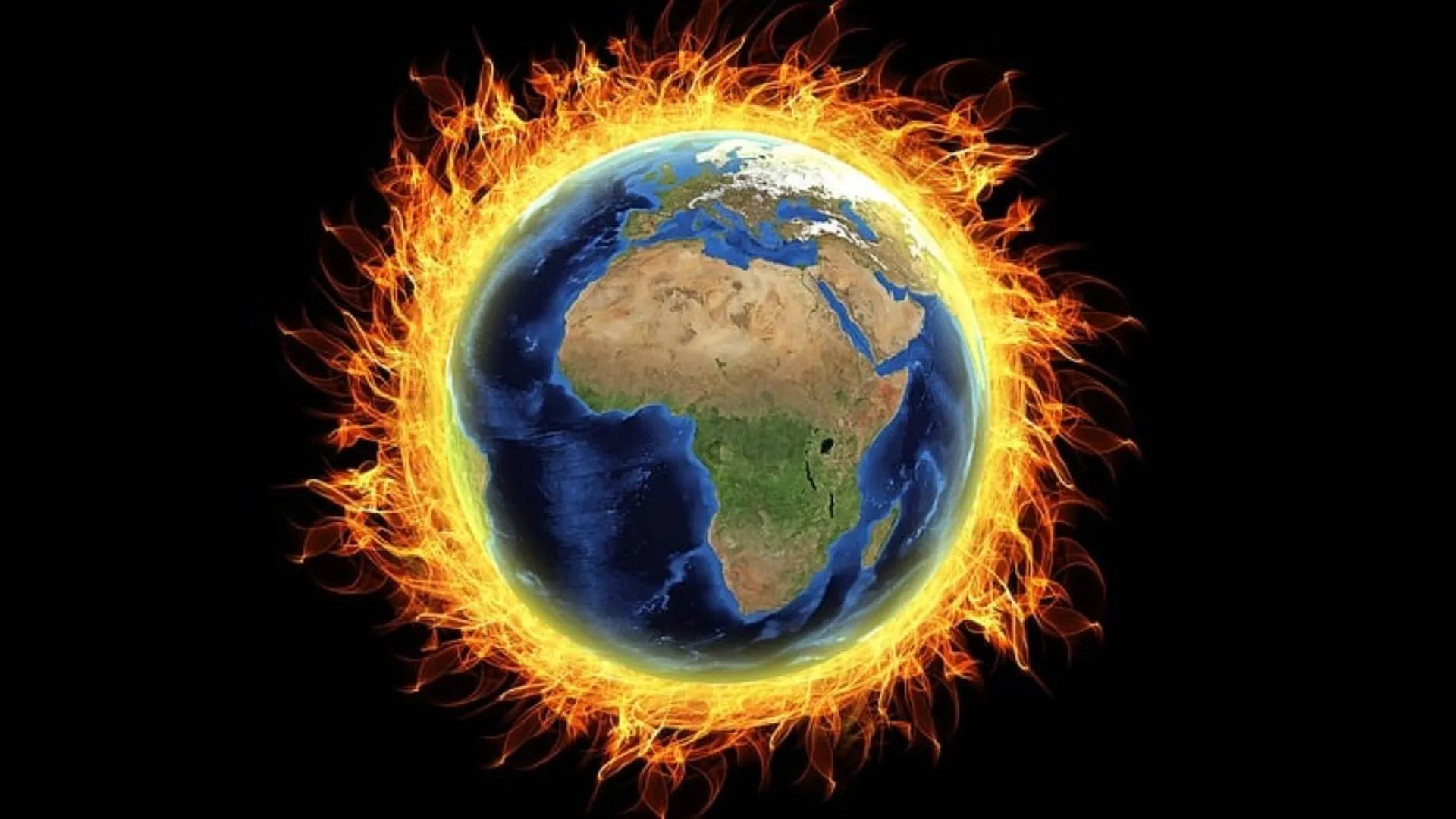UNESCO has been championing the right to education at all levels, including higher education. It is convinced that making higher education freely accessible and guaranteed for all is essential. It believes that tuition-free public higher education is an important step in this direction.
Free access to quality higher education may have significant implications on the future means of production and distribution. The way the population on this planet works and lives would depend a great deal on their higher education qualifications. Free access to quality higher education for all appears imminent for realising the goals set by the United Nations’ Sustainable Development Goal No. 4 (SDG4) by 2030.
A recent policy paper by the UNESCO’s International Institute for Higher Education in Latin America and Caribbean (IESALC) argues that “the removal of tuition fees in higher education increases social demand for higher education and, ultimately, the level of educational attainment of the population”.
World Scenario:
A survey of 146 UNESCO member states (MS) spanning the Arab regions, Central and East Europe, Central Asia, East Asia and the Pacific, Latin America and the Caribbeans, North America and Western Europe, South and West Asia, and Sub-Saharan Africa, revealed that while 41 of them (29%) have already mandated by law to provide free higher education, 97 (68%) do not offer such a guarantee. The remaining 8 member states could not provide the data because such decisions were in the domain of the Sub National Government (SNGs) and did not fall under the purview of the national government.
Regional Scenario:
The survey further reveals that nearly half of the MS in Central Asia, Central and Eastern Europe, Latin America, and the Caribbean provide free public higher education to their people. In the Sub-Saharan region, nearly 30% of the MS had mandated free higher education for their people.
Even in North America, Western Europe, and Southwest Asia, nearly 20% of the MS had been mandated by law to provide free higher education. Arab region and East Asia presented a different case as the number of MS mandating free higher education were no more than 12 and 6 per cent, respectively.
The income group analysis:
Interestingly, only about 20% of the low-income and lower-middle-income countries were able to mandate free higher education compared to 40% of the upper-middle countries. In contrast, only 10% of the high-income countries had mandated free higher education.
High-income countries have already achieved near-universal higher education. It is the low-income and lower-middle-income countries that need special global attention. Higher inequity in population with higher education would seriously impact the global development agenda.
Where does India stand?:
India, too, provides free higher education to some select groups of persons. Most centrally funded technical institutions (CFTI) are mandated to provide tuition-free higher education to the Scheduled Castes (SCs), Scheduled Tribes (STs) and Other Backward Castes (OBCs).
Several states in India have mandated similar provisions for free higher education up to the postgraduate level for girls and socially deprived sections of their domiciles.
Participation rate in higher education, as reflected by the Gross Enrolment Ratio (GER) is presently hovering at 28.4%. The new education policy (NEP 2020) targets to achieve a GER of 50% by 2035, five years after SDG4 ends. Notably, a few states have already achieved the targeted GER.
Affordability:
Universal access to quality higher education essentially hinges on the ability of the state to provide quality higher education at affordable cost, if not free. India has had a policy of providing higher education either through public institutions or through grant-in-aid institutions. Since they had no motivation to make a profit and the governments were willing to invest in higher education, they provided higher education at an affordable cost. This continued for nearly half a century since Independence.
The situation changed as the country moved toward economic liberalisation, privatisation and globalisation (LPG) as mandated by the structural adjustment policies. This led to slow but steady withdrawal of the state from higher education. This led to a rapid rise in the high fees charging higher education institutions. The process started with professional, technical and medical higher education but soon engulfed all kinds and types of higher education.
The trend now manifests in public higher education institutions as well. Self-financing courses, programmes and institutions, a euphemism for accelerated, if not full, cost recovery, are now more a norm than an exception.
NEP 2020:
The new education policy alludes to universal access to quality education but only in the context of school education. In higher education, its articulation is limited to attaining the GER of 50% by 2035 and expression of interest to take investment in education to 6% of GDP or to 20% of the budgetary allocation. It also mentions that the commercialisation of higher education will be discouraged and that private higher educational institutions are to be public-spirited, whatever the term may mean.
In the same breath, it also highlights the role and importance of private participation in higher education. It seeks to encourage entry and operation of foreign higher educational institutions in India with the freedom to charge fees to students. The new education policy has chosen to maintain a stoic silence on affordability barriers caused by the rising high education costs, except for the provision of loans and some fee waivers.
The Ground Realities:
The ever-increasing cost, in private as well as public, becomes a real barrier to accessing higher education in India per capita income is not only low but also highly skewed. In 2021, the rich 3% of the households earned more than Rs. 30 Lakh. In comparison, more than half of households in the country earned no more than Rs. 1.25 Lakh. Another 15% of households earned much less. The fact that nearly 60% of the population is provided free food to survive and that only 2.97% of people pay income tax, affordability is a real challenge in accessing quality higher education.
G.D. Sharma is a former professor of higher education at the National Institute of Educational Planning and Admission (NIEPA).
Furqan Qamar is professor of Management at Jamia Millia Islamia.

